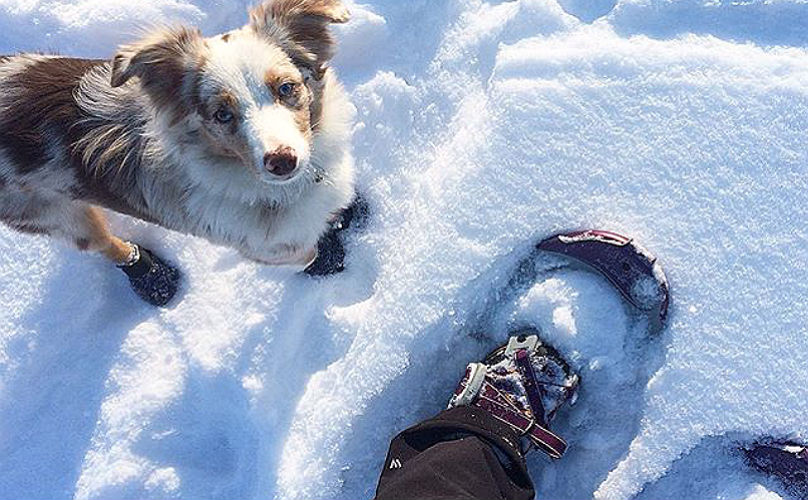Dogs are excellent at reading body language. Many of us have noticed this when our dogs are responsive to our emotions, like when we are sad. It only makes sense that dogs would be responsive to visual cues like hand signals since body language is their primary form of communication!
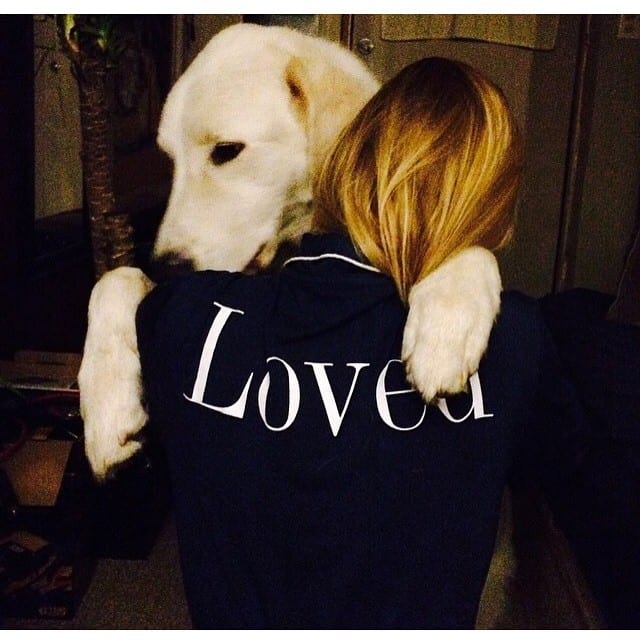

Many people believe that by teaching your dog hand signals you are encouraging your pup to pay attention to not only your words, but also your body. Having your dog pay attention to you is important because it means he isn’t focused on the movements of others, i.e. other hoomans or dogs.
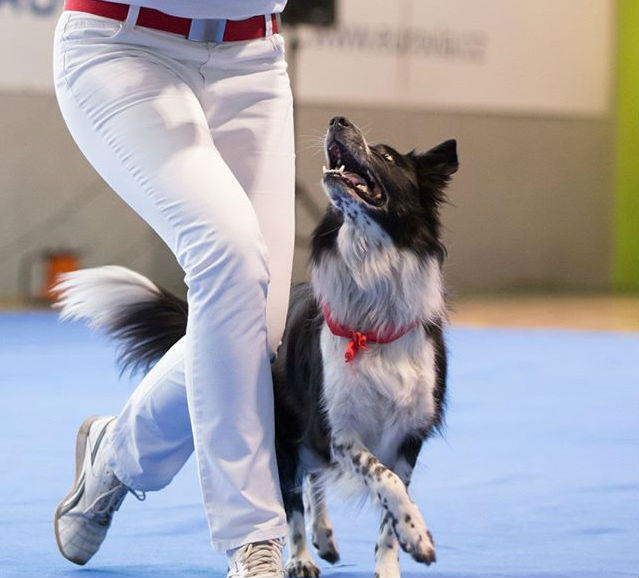

One of the best reasons to train with hand signals, in addition to verbal cues, is that it provides you with two different ways of communicating with your dog.
[bp_related_article]
This can be especially helpful if your dog isn’t responding to your first cue. Think of it like charades: if no one in the audience can figure out what the actor is doing, it’s pointless and frustrating for them to keep doing the same thing.
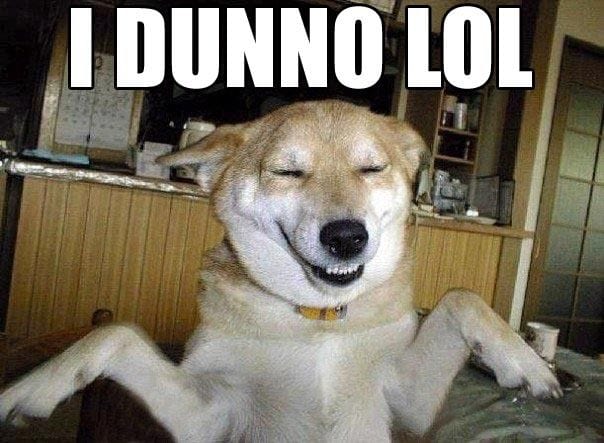

If you and your dog plan on participating in any dog sports, i.e. agility, rally, obedience, etc, a combination of verbal and visual cues will likely need to be used. For example, in freestyle (aka dog dancing), some physical cues are disguised to look apart of the routine.
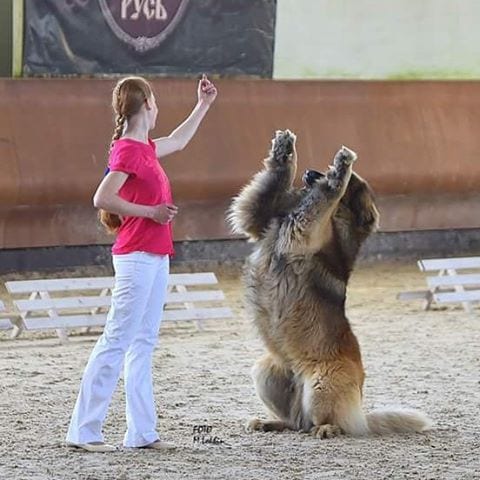

Hand signals are also useful for hooman’s that own a deaf dog. Because dogs respond so well to visual cues, training a deaf dog isn’t any more difficult than training a hearing dog. Additionally, hand signals are a great way to communicate with old dogs that have lost their hearing to old age.
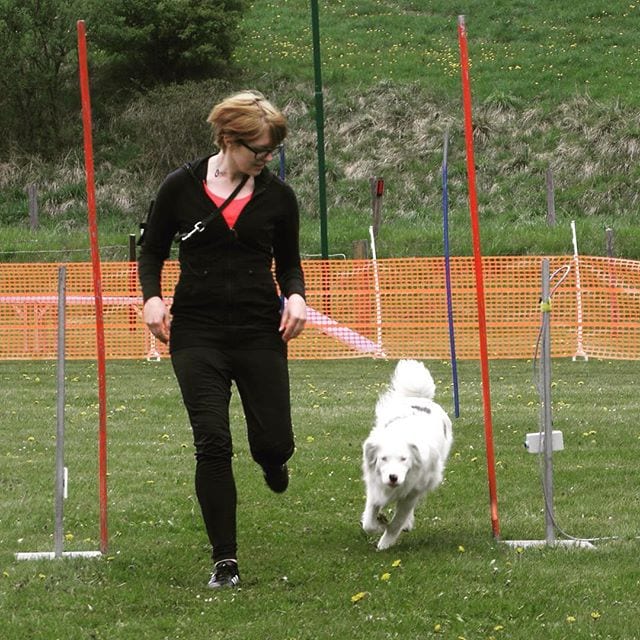

Hand signals are also extremely useful when you want to quietly or discreetly communicate with your dog. For example, me and my dogs are big Game of Thrones fans and like to watch with a big group of hoomans every Sunday. However, I know that if I had to say “down!” every time a direwolf or hound came on screen, we’d definitely have no one to watch with.
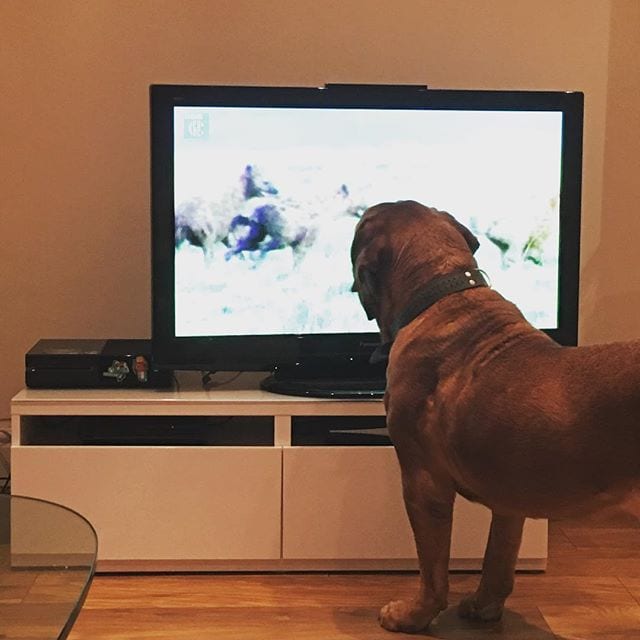

Lastly, a great way to phase out a lure is to turn it into a hand signal. For example, a common lure for “down” is to move a treat from your dogs nose to the ground. By removing the treat from your hand, but maintaining the downwards motion, you can easily turn the lure into a hand signal.
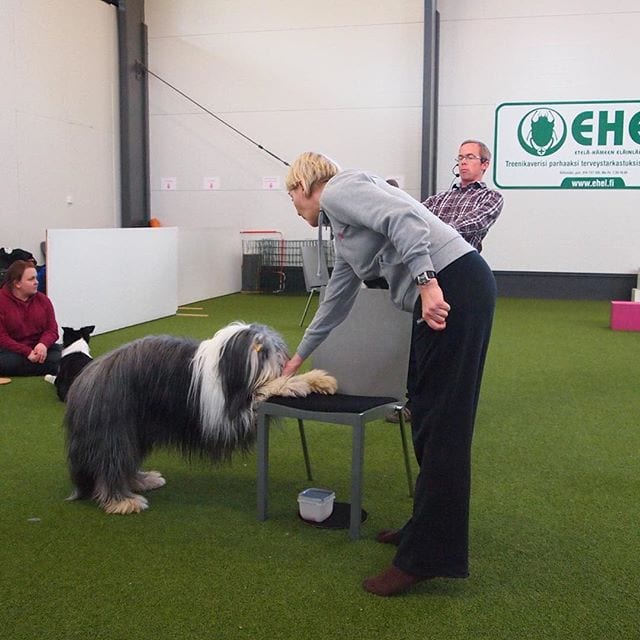

While it’s arguable which training technique (verbal or hand signal cues) is better, there is no doubt using hand signals makes you a more versatile and creative trainer.
Sources: About.com, dog-training-exellence.com, dogtrainingsolutions.com, thedogdancingguy.com




